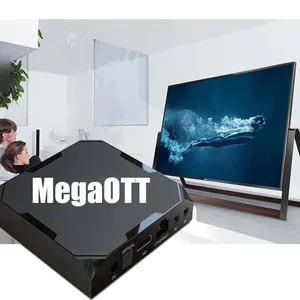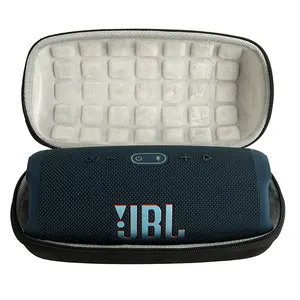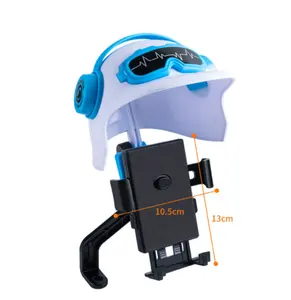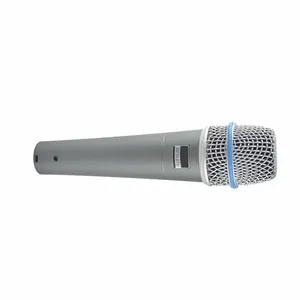Popular in your industry





































































































































 Ready to Ship
Ready to Ship

















Top categories
About wd ssd
WD SSD, standing for Western Digital solid-state drive, is a non-volatile storage solution. The device is based on NAND or 3D NAND flash memory, ensuring data retention even when power is off. This type of storage is known for fast read and write speeds and increased durability compared to traditional hard drives. A WD Black SN850x is an example of a high-performance SSD that offers advanced features tailored for gaming and creative work. It provides faster load times and improved system responsiveness.
WD SSD Applications
Due to their speed, WD SSDs are suitable for applications where fast data access is crucial. These might include operating systems, software, and games that require quick loading times. The storage devices are optimal for gaming and multimedia, as they can improve frame rates and reduce stuttering. For content creation, these SSDs can accelerate editing workflows and improve overall productivity. They can also be used in data centers to enhance server performance and reduce latency. In addition, WD SSDs are used for boot drives in personal computers to decrease the time it takes to start up the system.
WD External SSDs
A Western Digital external SSD is a portable solid-state drive that can be connected to a computer via USB or Thunderbolt. These drives provide a convenient way to expand storage and can be used for file backups, file transfers, and additional storage for media. Western Digital offers a range of external SSDs, such as the WD Black SN850x. The WD Black is known for its high performance and durability, making it suitable for demanding applications, including gaming, content creation, and data-intensive tasks. WD external SSDs are compatible with various devices, including PCs, Macs, and gaming consoles like the PlayStation and Xbox.
WD SSD vs. HDD
There are several differences between WD SSDs and hard disk drives (HDDs). The latter uses spinning magnetic platters to store data, while the former uses NAND flash memory. This design feature makes SSDs less susceptible to physical damage and results in faster data access times. In contrast, HDDs have slower read and write speeds, which can lead to longer boot times and applications that load more slowly. WD SSDs are also energy-efficient, as they do not have moving parts, whereas HDDs consume more power due to the spinning disks and moving read/write heads. Another difference is noise level, as HDDs tend to produce a humming sound due to their mechanical components, while WD SSDs are silent.

















































































